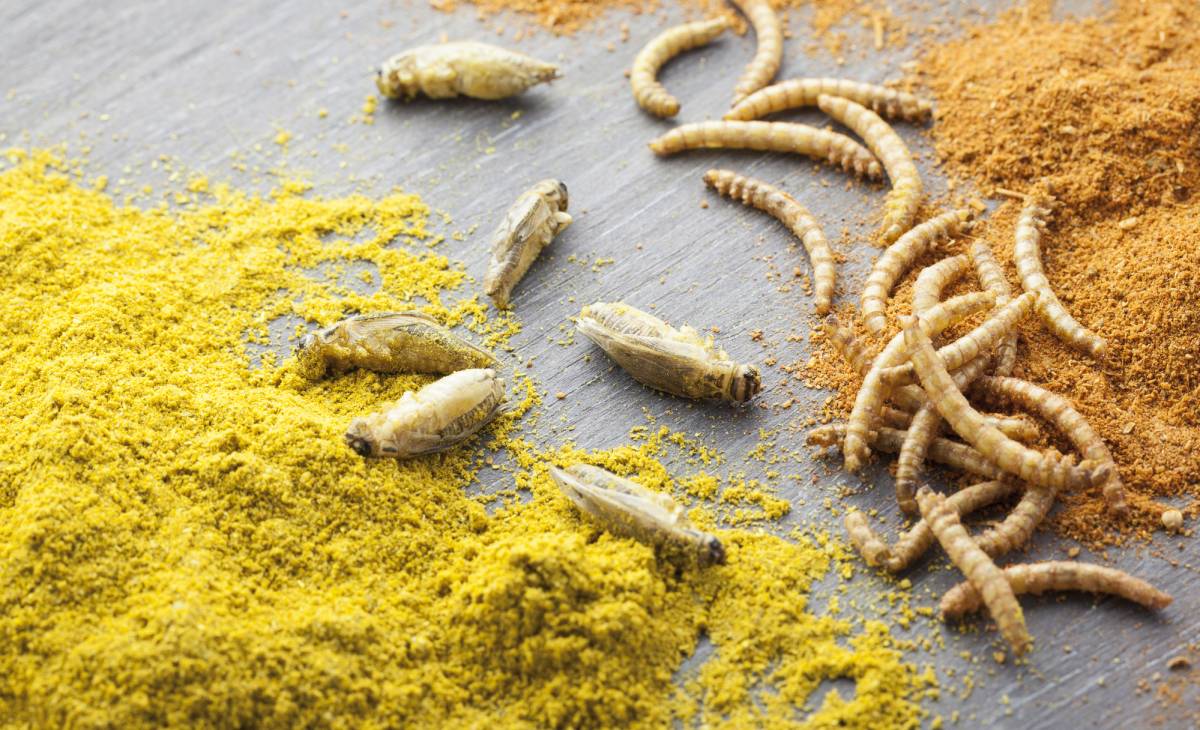Canada analysis microbiological and chemical hazards in edible insects
In most nations, edible insects are a new cuisine. However, due to their high protein and low-fat content, simplicity of production, and minimal environmental effect, their popularity is increasing. For this reason, Canadian Food Inspection Agency did an analysis to look at both microbiological and chemical risks associated with edible insects.
According to the study, samples were obtained from retail shops or via e-commerce purchases. Escherichia coli, which serves as an indication of overall sanitation conditions across the food production chain, and the bacterial pathogen Salmonella spp. were evaluated in a total of 51 samples of dried whole insects or insect powder. In the samples tested, no Salmonella spp. or E. coli were identified. A total of 511 pesticides were found in 43 cricket samples (protein bars, powders, flour, and whole insects) and 4 in silkworm samples (whole insects). Furthermore, 39 samples included up to 4 pesticides, 34 samples were compatible with Canadian standards, while 5 samples were noncompliant. There were seven pesticide residues found, with glyphosate and its metabolite, aminomethylphosphonic acid, being the most common detected pesticides. Nineteen of the pesticide samples were additionally tested for arsenic, cadmium, mercury, and lead since there was insufficient material to test pesticides and metals separately. Arsenic, cadmium, lead, and mercury had 100%, 79%, 58%, and 74% positive rates, respectively. Arsenic concentrations varied from 0.030 to 0.34 mg/kg, cadmium concentrations from 0.031 to 0.23 mg/kg, lead concentrations from 0.019 to 0.059 mg/kg, and mercury values from 0.94 to 28 g/kg.
Health Canada concluded that all insect items tested were safe for human consumption based on the absence of microbiological contamination and the positive rates and levels of pesticides and metals found in the goods. The Canadian Product Inspection Agency will continue to monitor this new food as part of this restricted research.
Source:






















